Sales Onboarding Steps & Best Practices for Success
Casey O'Connor
Sales onboarding is the process of training new sales team hires with the knowledge, tools, resources, and methodologies they need to be productive in your organization.
Sales organizations provide onboarding opportunities to help new sales reps speed up their ramp time, optimize their productivity, and maintain engagement with their new organization.
In this article, we’ll go over everything you need to know about sales onboarding, including what it is, why it’s so important, and how to onboard new reps.
Here’s what we’ll cover:
- What Is Sales Onboarding?
- Why Is Sales Onboarding Important?
- Steps for Successfully Onboarding Sales Reps
- 8 Sales Onboarding Best Practices
What is Sales Onboarding?
Sales onboarding is a process designed to get new hires up to speed on your company’s values, product, processes, and tools so that they can contribute productively as quickly as possible.
Most companies offer some kind of onboarding process — it would be foolish at best and detrimental at worst to put a brand new sales rep in the field without having been trained in the specifics of your company.
The best sales onboarding, though, comes in the form of a formalized, structured program that’s designed in intentional, easy-to-digest blocks of training, plus hands-on, in-the-field coaching, shadowing, and feedback sessions.
Effective sales onboarding should cover a wide variety of topics, including everything from big-picture company values to word-for-word scripts for overcoming sales objections.
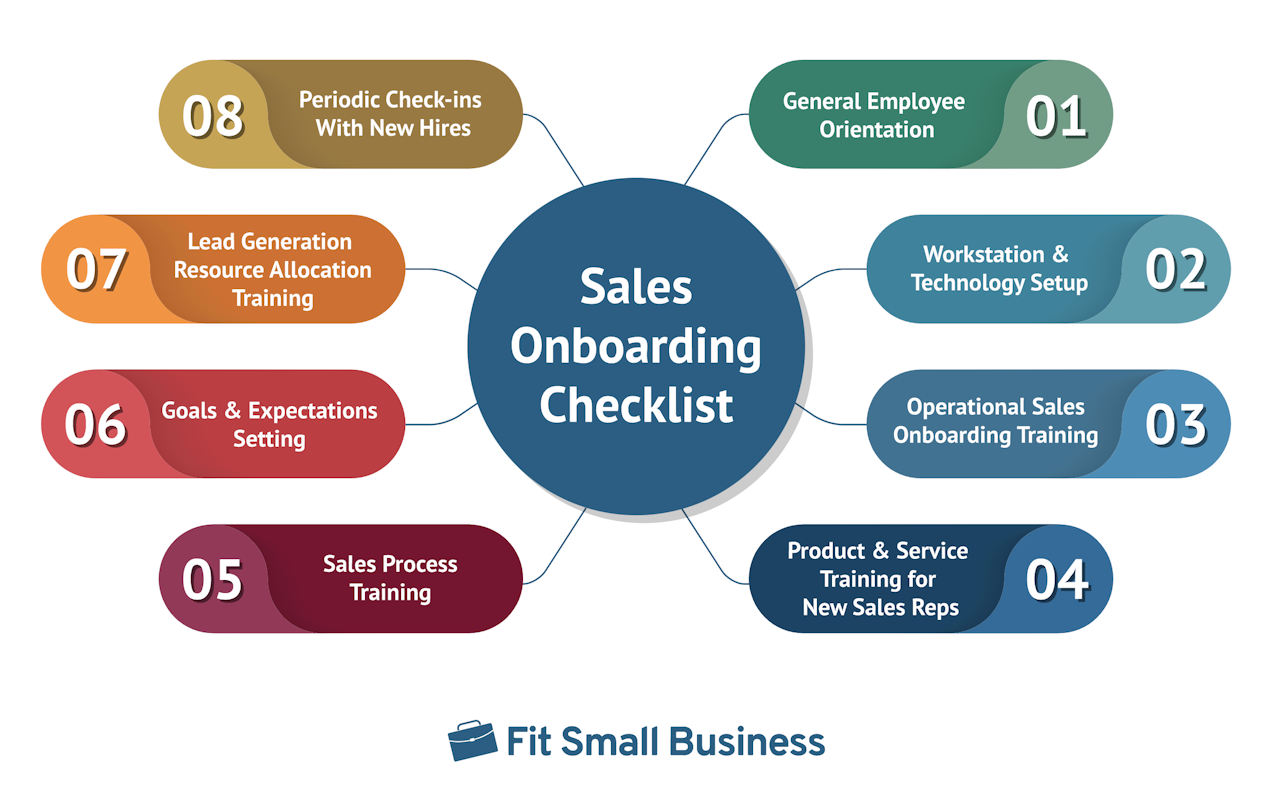
Knowledge is power, but when it comes to sales, there is truly no substitute for learning by doing. That’s why it’s important for any sales onboarding program to include not just sit-and-learn informational training, but also practical feedback from a coach or mentor on real sales interactions.
Why is Sales Onboarding Important?
Although most sales organizations know how important the onboarding process is, few realize how impactful the practice can really be to an organization: 77% of employees who received formal onboarding consistently hit their targets. And a good onboarding program improves new employee retention by 82%.
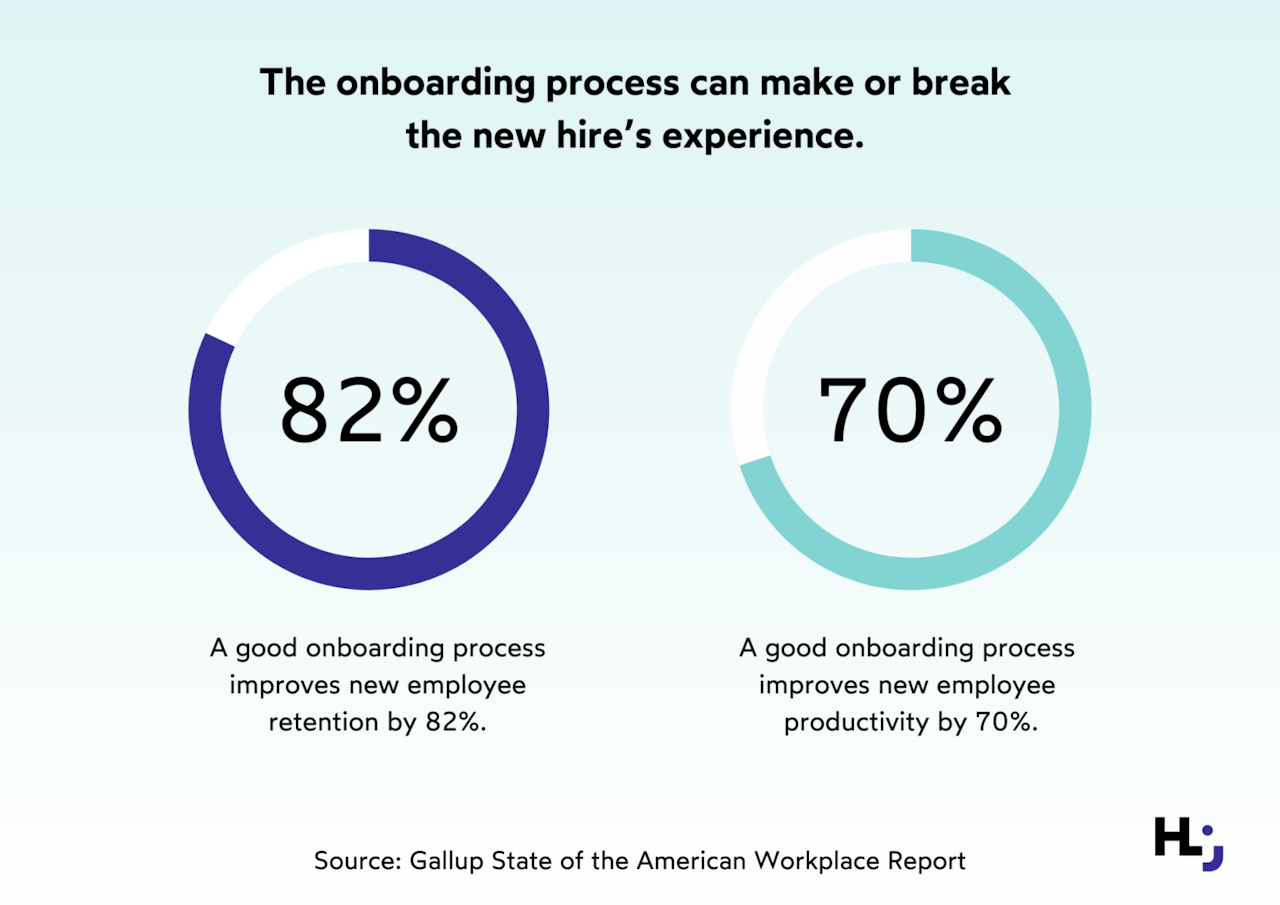
Sales onboarding is critically important for any organization. It engages sellers, prepares them for success, provides sales leaders with vital employee information, and increases the retention of top-tier sales talent.
Engages Sellers
Sales reps who participate in a formal onboarding process are reported to be 18x more likely to feel committed to their organization. A great sales onboarding program shows the seller that their work and their experience matters and that the company is committed to ensuring their success.
It also fosters connections between sales reps on your team. Some new hires are trained together, which naturally leads to new relationships, but even sales reps who are hired in isolation find ample opportunity to make relationships with their new colleagues through onboarding shadowing or mentorship initiatives.
This kind of engagement improves sales reps’ confidence and increases the likelihood that they will be satisfied with their job at your company — not to mention the measurable benefits it provides:
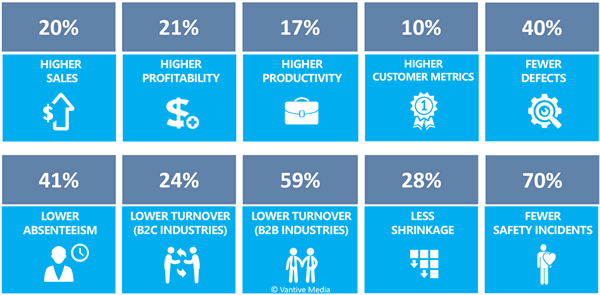
Engaged employees are successful employees.
Improves Sellers’ Success Rates
A thorough onboarding program provides sales reps with all of the information, tools, and resources they need to be successful in the long term. A great onboarding program improves quota attainment by 16%.
One reason that onboarding generates such tangible results is that it significantly decreases ramp-up time for reps.
In other words, effective onboarding speeds up the time it takes for a sales rep to close their first deal, and helps them more quickly systemize their process for winning new customers. Employees who went through onboarding showed a 25% increase in productivity compared to those who received no training.
Gives Insight to Sales Leaders
Sales onboarding also has benefits for existing employees.
Through the onboarding process, sales managers and leaders can gather information about a new hire’s strengths and areas of growth. This helps them strategize how to best use their new talent, and how to train them effectively so that knowledge or training gaps can be closed quickly.
A structured onboarding program enables sales leaders to create highly personalized training and coaching programs for new hires.
Increases Retention
Sales onboarding programs are known to decrease turnover and increase retention: 69% of employees are more likely to stay for 3 years with a company that has a successful onboarding program.
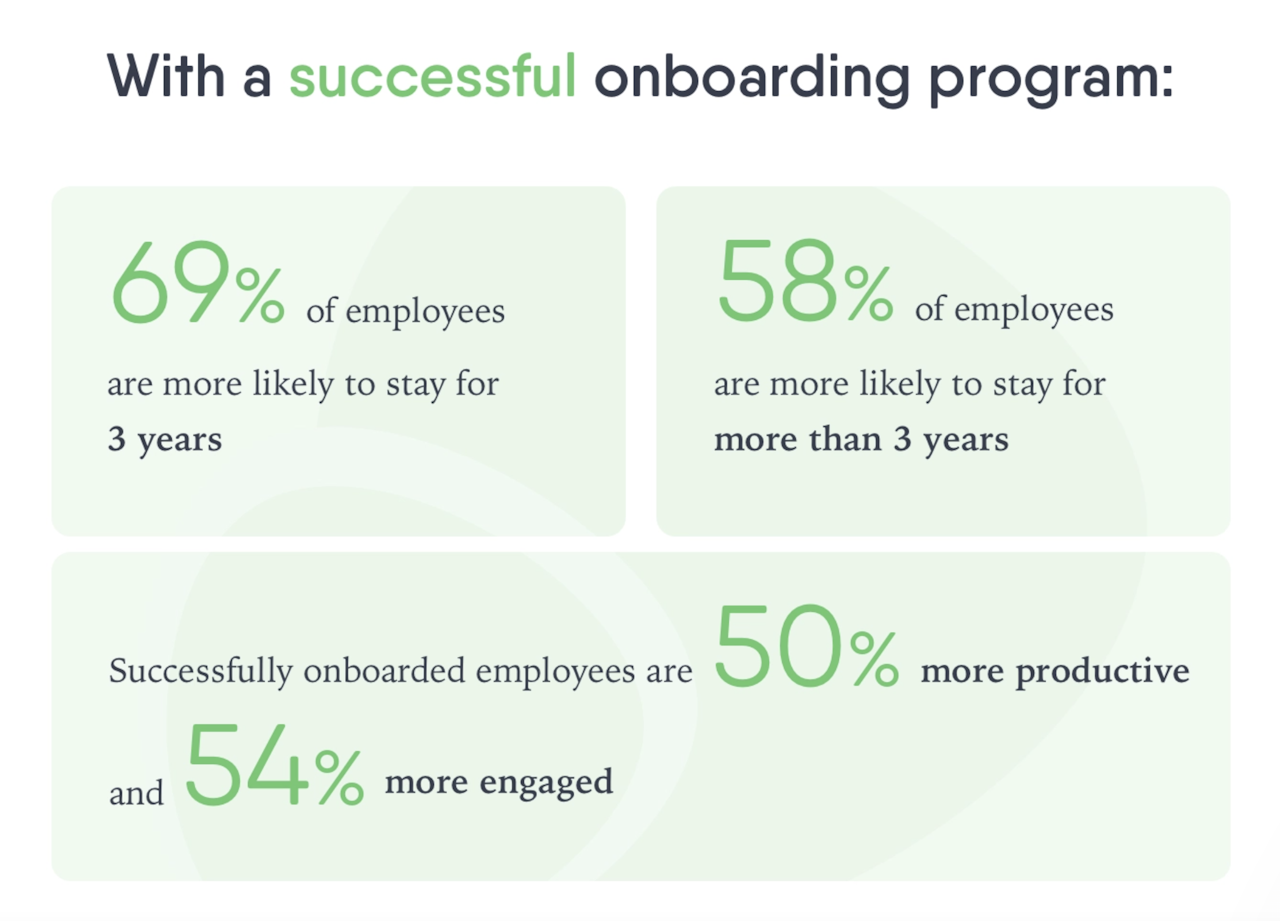
The importance of this cannot be understated. Research shows that employee turnover costs a business $97,000 per rep that needs to be replaced. That’s an astounding cost and easily demonstrates that it’s much more cost-effective to invest in training even mediocre reps than it is to turn them over.
Companies with high employee retention enjoy a number of benefits. Not only do they save money on turnover costs, but they also ensure that top-tier sales talent remains loyal and stays with the organization long-term.
This can create a self-perpetuating talent loop; high-performing salespeople seek out companies with great retention because it signals that the employees there are happy. New hires stay on long-term, which further attracts top performers.
And those long-term top performers generate a ton of revenue for companies that enjoy their loyalty.
Steps for Successfully Onboarding Sales Reps
An organization’s sales onboarding program needs to be highly unique and specific to its goals and processes in order for it to be effective. There is no one single process that will work universally for every sales team.
That being said, there is a general framework that sales organizations can follow as they implement a targeted onboarding program. Follow the steps outlined below to develop an onboarding process that meets the needs of your team.
1. Measure Baseline Performance
Before you onboard new employees, it’s important to have a solid sense of the average ramp-up time and productivity of both new and seasoned employees in your organization and the overall market.
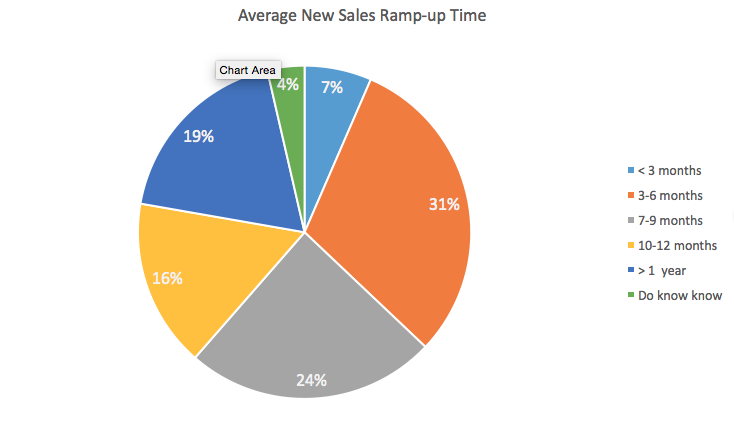
These benchmarks will help you evaluate the effectiveness of your onboarding initiatives.
2. Lay Out Expectations
Any sales onboarding program should begin by clearly laying out the objectives and expectations, of both the onboarding program and the overall organization.
Explain to employees what they will learn through onboarding, how they will be expected to use that knowledge in their day-to-day work, and how their performance will contribute to the overall success of the team.
3. Set the Framework
Once the big-picture objectives are explained, you’ll also need to outline the framework of the onboarding program.
Most sales onboarding programs are divided into 30-, 60-, and 90-day phases, with each phase designed to teach different information and skills and with different expected outcomes.
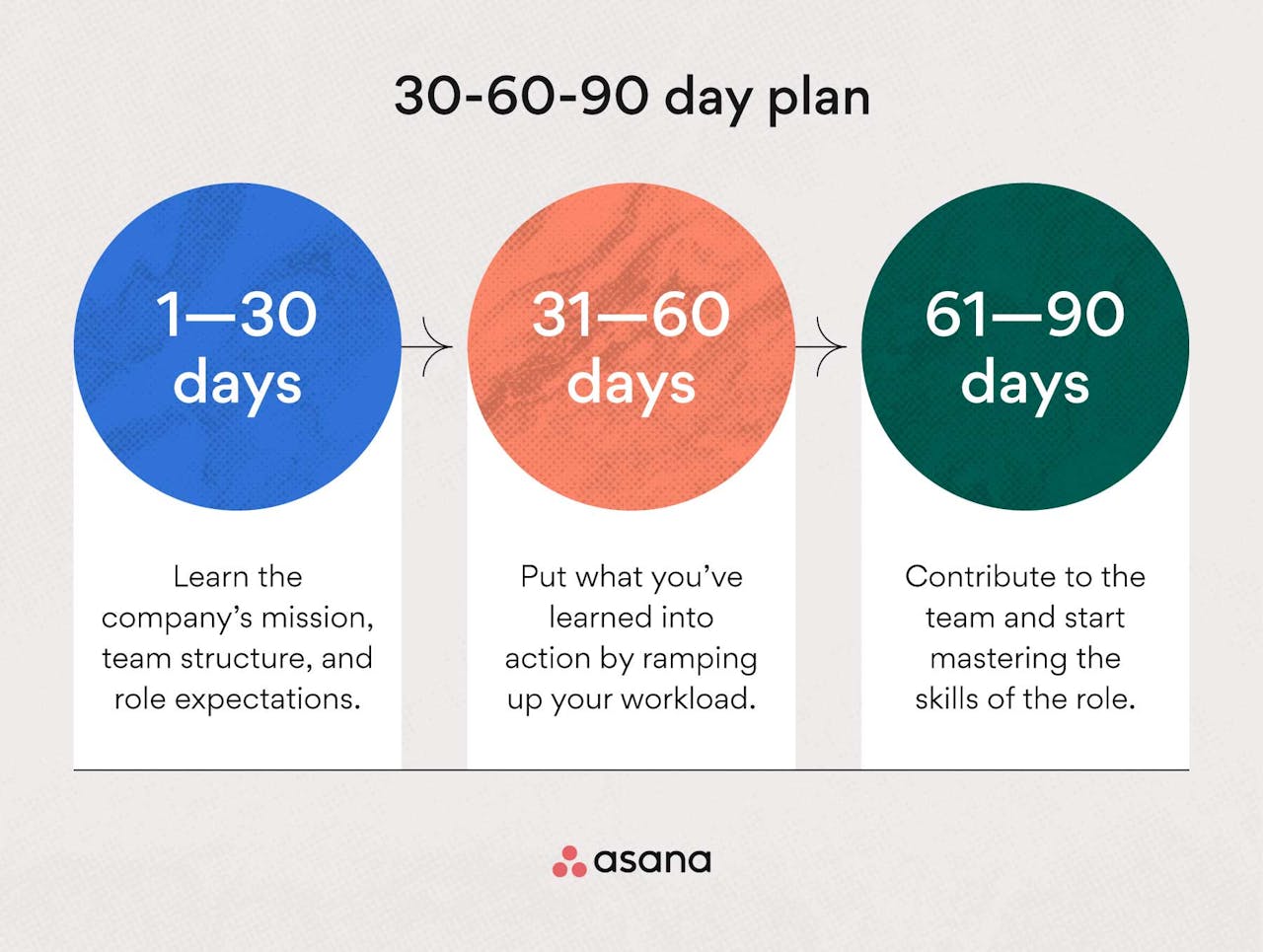
You might, for example, teach company values and brand mission in phase one, overall sales process and tools in phase two, and specific field training in phase three.
If the monthly framework doesn’t align with your sales cycle or process, that’s okay. You can adapt the framework and timing to fit your needs. Design the phases in a way that aligns with your sales operation.
4. List Activities for Each Outcome
Next, dig into the details a little bit more carefully. Explain what activities are involved in each phase. If you’re training new employees on the CRM system, for example, you might include activities such as “Create a new contact,” “Update call notes,” and “Mark prospect as qualified.”
Use this list of activities to ensure your sales onboarding program covers all bases of your sales process.
Following is a list of activities that you might include in your sales onboarding program:
- General orientation: values, policies, and mission statement of the company
- Workstation setup
- Technology stack
- Org chart
- Office/department culture
- Milestones: dates and reporting expectations
- Month-end, quarterly-end, or year-end procedures
- Product/service training
- Ideal Customer Profile (ICP) and buyer personas
- Cold calling and cold emailing
- Demo training
- Qualifying leads
- Lead generation
- Content management
In reality, most sales onboarding programs will include all of these topics and many more. When in doubt, it’s best to include training on a topic, even if you think it’s irrelevant or not the right time.
Tip: Grab our blueprint for building out a highly effective technology stack today:
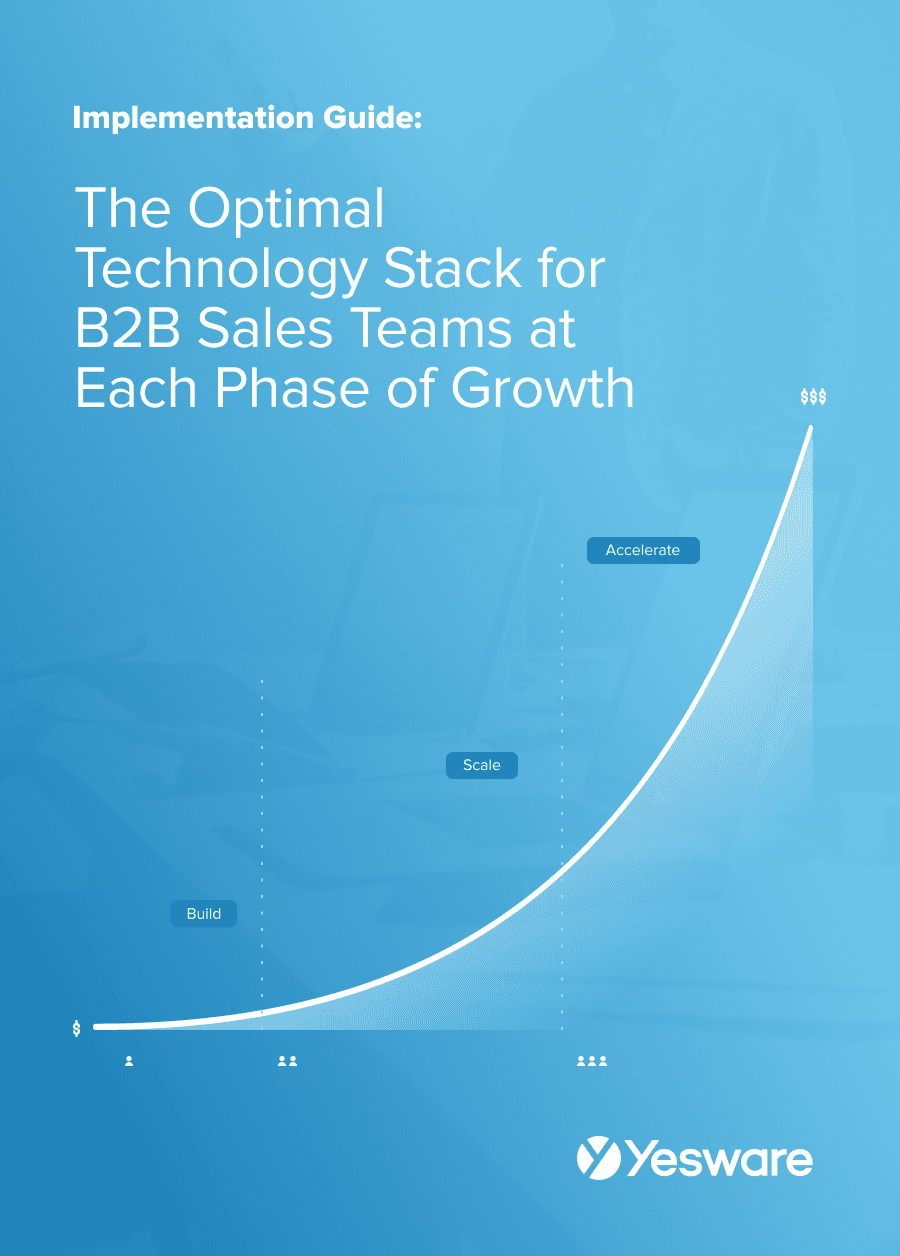 The Optimal Technology Stack for B2B Sales TeamsUsing data from the most successful business-scaling models, we designed a blueprint for the exact technology your business needs at each phase of growth.
The Optimal Technology Stack for B2B Sales TeamsUsing data from the most successful business-scaling models, we designed a blueprint for the exact technology your business needs at each phase of growth.
5. Identify the Knowledge Needed for Each Activity
This will become the bulk of your onboarding program. For each activity or outcome, you expect from your new hires, spend time listing out all the knowledge and information they need — conceptual, technical, or otherwise — to complete them. This is the information you’ll ultimately transfer to all of your new hires.
6. Assign Assessments for Each Activity and Phase
Almost as important as knowing what you’ll teach is knowing how to determine whether it’s been learned; an important part of onboarding is determining sales-readiness.
For each phase or activity, make sure you take the time to assess how much of the information has been absorbed. You might, for example, ask a new sales rep to perform a mock call demo after they’ve gone through that phase of onboarding material. You might ask them to make a cold call, with a more experienced rep listening in and ready to give feedback. Design assessments for each activity or phase that can demonstrate how ready the rep is to implement that skill.
Sales onboarding is relatively useless if you don’t ensure that the material is being internalized and able to be implemented.
7. Schedule Ongoing Training
The best sales onboarding programs don’t end after 30, 60, or 90 days — they ensure that training and coaching opportunities are ongoing and continuous.
Although ramp-up happens only once, optimizing performance never stops. Part of onboarding should be creating a schedule and expectations around continued internal and external training.
Remember that sales onboarding programs need to include both big-picture (and sometimes abstract) concepts — things like the company’s values and team culture — and day-to-day logistics, like the ins and outs of your tech stack and the specifics of your quarterly targets. Both are critically important in integrating new employees into the organization.
8 Sales Onboarding Best Practices
Regardless of your team structure, your product, or your sales process, there are some best practices for sales onboarding that will serve any sales team well.
1. Have a Standardized Program
While it’s important that the actual instruction is personalized as much as possible, the sales onboarding program should be standardized. Every new hire for a given role should receive the same information and training, and in the same order.
Now, that’s not to say that you need to design a program and then stick with it for the end of time. It may take time to tweak and solidify the program as you learn what works and what doesn’t, and that’s okay. Don’t be afraid to change things that aren’t working. The point is that onboarding shouldn’t be an on-the-fly process; it should be intentionally designed and delivered to each and every new hire.
2. Time the Outcomes
Your sales onboarding program should be mapped according to what your new hires need to know and when.
What do employees at your company need to know in the first week of work? Teach those concepts first. What will you expect them to do at the end of the first month? Make sure the material you teach lines up with those expectations. Map the program according to the needs of your process.
3. Teach in Phases
Most onboarding programs cover a ton of information that can easily become overwhelming if the program isn’t designed well. Onboarding should be done in phases and needs to be delivered in easy-to-understand, bite-sized pieces of information and training.
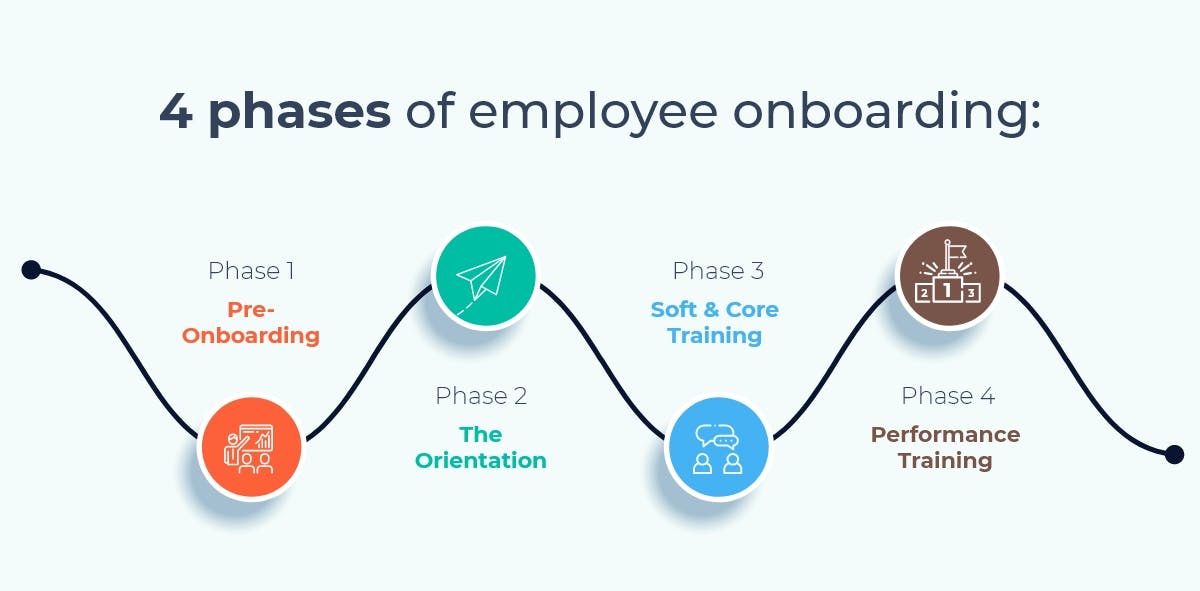
In general, the earlier phases should cover big-picture things, like company culture and brand messaging, and the immediate day-to-day things that employees need to know to do their jobs in the first week or two of signing on.
Next, organizations usually teach product/service specifics: the features and benefits of your offer, how much it costs, its competition in the market, and so on. Before you teach them how to sell, teach them what to sell.
The last phase generally covers the specifics of the sales process in regards to your target market — what strategies and tactics resonate most for your product and with your buyer personas.
4. Provide a Written Document
It’s very important that most of the onboarding process is done in person, and with the support of more experienced employees. Few great onboarding programs consist of putting a new hire in a room by himself and asking him to watch hours of pre-recorded material. There needs to be interaction and feedback all along the way.
That being said, it’s also critically important that new hires are provided with written documents that support the in-person training. Remember that onboarding covers a ton of information; providing “cheat sheets” that new hires can refer to after the fact can make all the difference in how well the information is retained and implemented.
5. Show Both Sides of the Process
Most onboarding programs include some form of shadowing, usually with a more experienced rep shadowing a less experienced one and then offering feedback. This can provide invaluable opportunities for feedback and support, and should be a standard part of any onboarding experience.
You might also want to consider offering new hires opportunities to shadow the other side of the pipeline: the customer success team. Allowing your new hires to sit in on customer success calls can give them insight into what real customers are saying about and how they’re experiencing the product and sales process.
6. Offer Multimedia Training
Onboarding should offer a mix of different types of training and education:
- Written documents
- Oral instruction
- Video training
- Shadowing opportunities
- Group seminars or round-tables
- One-on-one coaching
- Role-playing
- Off-site training
This balance is important — every employee learns differently, and each component of the material lends itself best to a certain format of teaching.
7. Gamify the Process
One way to make onboarding more fun is to turn it into a game. A little friendly competition can really boost engagement and enjoyment in the process.
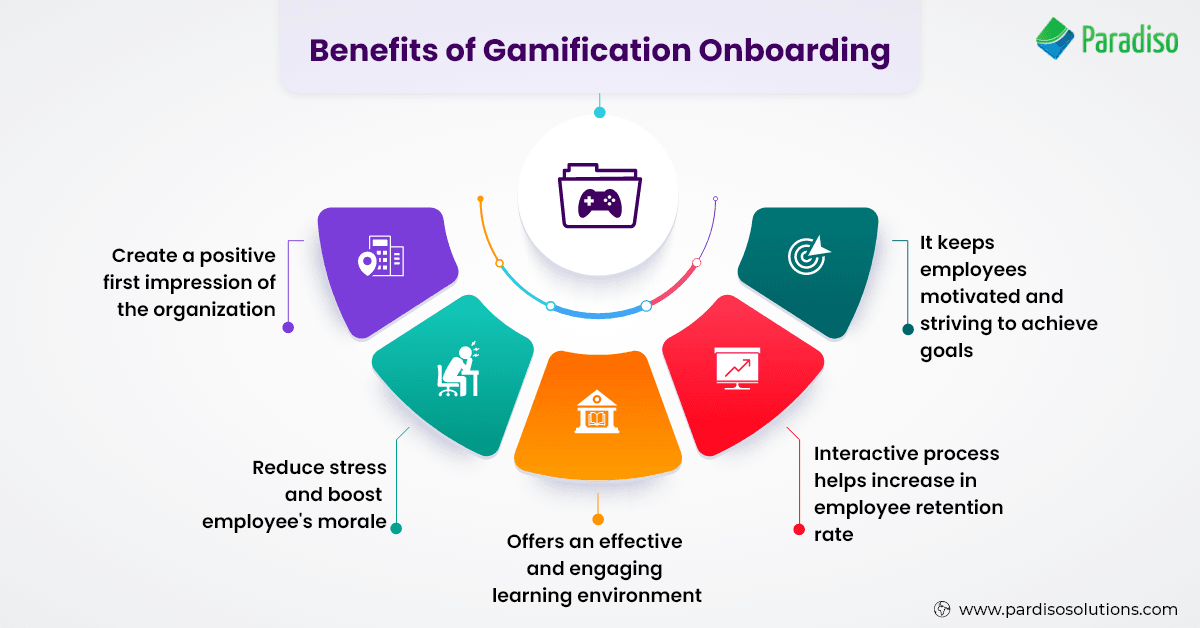
There are some software platforms that offer really snazzy gamified programs, complete with leaderboards and awards, but something simple could work just as well. You could, for example, give out points for the number of hours completed, or offer small rewards for the completion of each segment.
8. Ask Your Reps for Feedback
The best way to create an outstanding onboarding program is to ask for feedback from those who have gone through it.
Ask your seasoned reps what they wish they had been taught before going into the field. Did they feel prepared? Supported? What was the information they relied on the most when they got started? What did they have to learn as they went along?
All of this information will help you optimize your onboarding program to ensure success for future new hires.
Does your company have an onboarding program? How is it structured? Are your new hires well-prepared when they enter the field?
Get sales tips and strategies delivered straight to your inbox.
Yesware will help you generate more sales right from your inbox. Try our Outlook add-on or Gmail Chrome extension for free, forever!
Related Articles
Anya Vitko
Anya Vitko
Anya Vitko
Sales, deal management, and communication tips for your inbox

